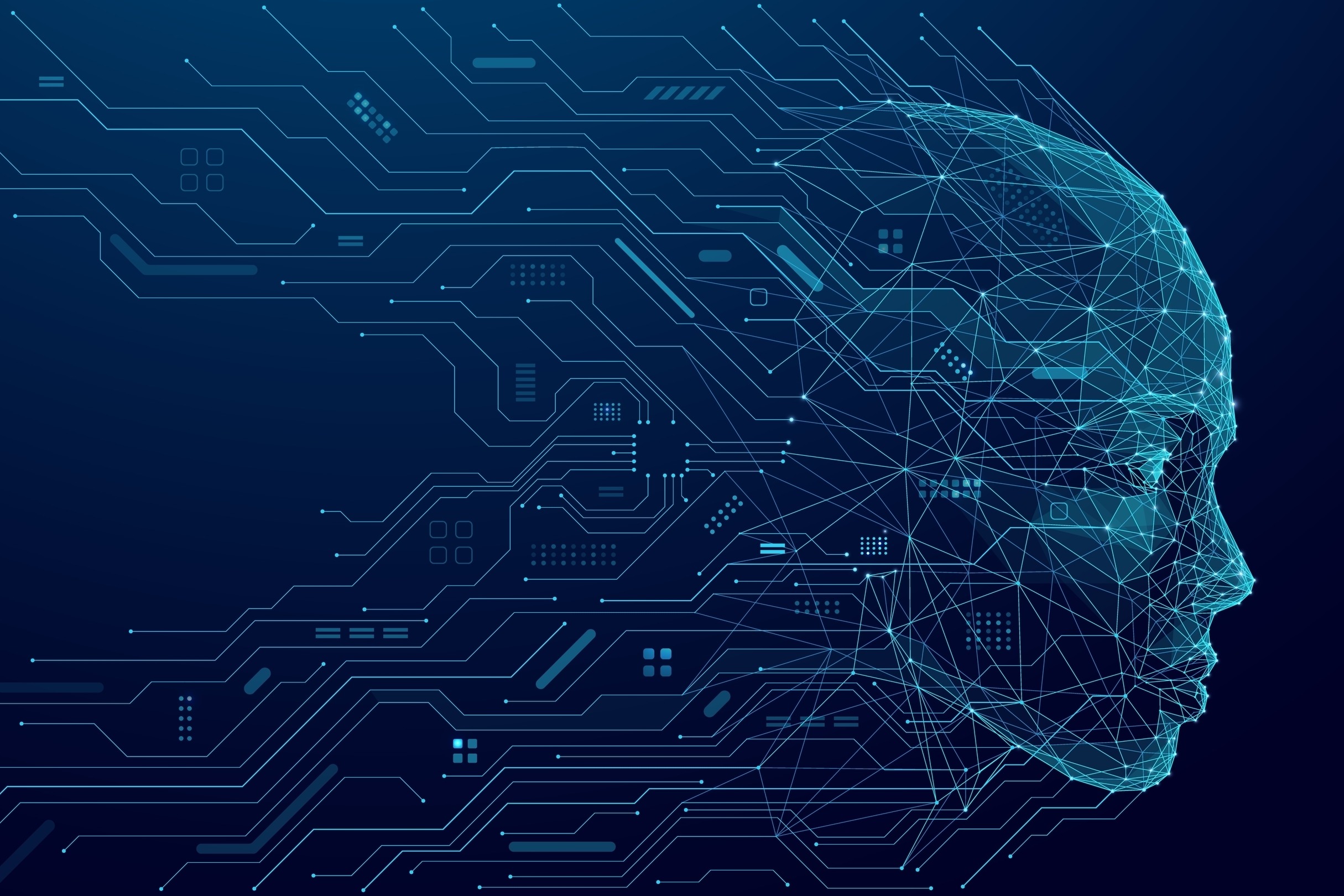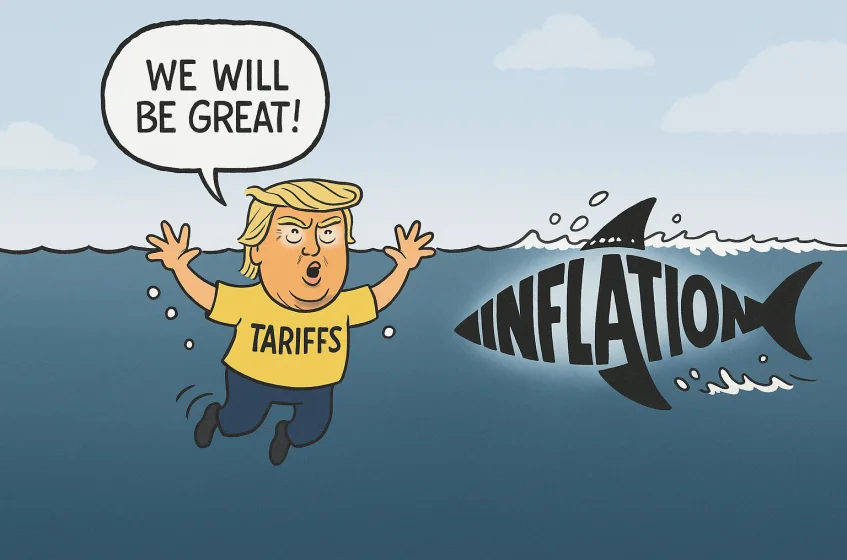Dr Maurice Tse and Mr Clive Ho
19 March 2025
The American company OpenAI has dominated the Generative AI market since launching ChatGPT in 2022. AI-driven innovation has become the Holy Grail for players in the field. To curb China’s advancement in this area, the US has banned the export of high-end chips to the country and restricted Chinese users from accessing ChatGPT, making it necessary for Hong Kong users to rely on Virtual Private Networks to use the service. In 2024, a Chinese start-up turned the tables by introducing a generative AI model, DeepSeek, aiming for ChapGPT’s leading position.
By January 2025, DeepSeek took over ChatGPT’s spot as the most downloaded free app on Apple’s US App Store, causing Nvidia’s stock price to drop by 18% in a single day. Many cannot help but wonder: will DeepSeek simply replace ChatGPT?
New star making a splash
Neither DeepSeek nor ChatGPT is trained to play chess. Last month, however, under the arrangements of Levy Rozman, an American chess International Master, they did just that in a chess game. In the end, DeepSeek pulled a trick from Sun Zi’s Art of War and, with a clever stratagem, turned the tide to clinch victory against ChatGPT from the verge of defeat.
DeepSeek was developed in Hangzhou in 2023 by the Chinese hedge fund High-Flyer. Launched on 20 January 2025, the new open-source model DeepSeek-R1 provides free services as both a mobile application and desktop version, immediately attracting attention in global AI circles. The new model, trained on the database available up to July 2024, can integrate updated data from web sources as necessary.
DeepSeek-R1 is equipped with AI assistant functions, including writing song lyrics and making business development plans, or even preparing a recipe based on the contents of a fridge. With the ability to communicate in multiple languages, it excels in English and Chinese in particular. As R1 reveals its chain of thought when answering questions, making the reasoning process transparent, users gain a clear understanding of the AI system’s logic. This enables them to learn in reverse how to deconstruct complex problems and arrive at problem-solving solutions through practice. From International Mathematical Olympiad (IMO) questions to gossip news, or from quantum physics to Chinese literature, users can visualize the thinking process of an AI machine. The resulting cognitive impact is conducive to providing a good starting point for humans to enrich their own thinking through AI.
Works wonders at minimal cost
DeepSeek is not only lauded as “true OpenAI” because of its open-source model but also impresses with its basic model V3, which took merely two months to train and just US$5.58 million to develop. As reported by Sina Finance, the 10,000-plus graphics processing units (subsequently increasing to 50,000) purchased by DeepSeek cost far less than those acquired by renowned labs such as OpenAI and Google.
The fact that the US has been able to produce high-performance chips while denying China access to related technologies has long been regarded as an enormous advantage in the AI race. DeepSeek’s success offers food for thought for the industry, prompting reflection on whether improving high-end chips is the only key to perfecting AI models. By leveraging just 2,000 of Nvidia’s H800 chips, DeepSeek has been able to rival OpenAI’s capability with one-tenth of the latter’s training cost. This is a testament to DeepSeek’s excellent algorithmic design and effective resource utilization.
Two rival models going toe to toe
The primary difference between ChatGPT and DeepSeek is that the former is tailored for conversational applications, focusing on task-specific intelligence within the realm of Artificial Narrow Intelligence whereas DeepSeek aims to achieve Artificial General Intelligence (AGI). Language support is another major difference. DeepSeek is a Chinese company with an emphasis on Chinese language and culture, rendering it a strong contender in the Chinese market. In comparison, as the current market leader supporting multiple languages, ChatGPT holds a greater advantage with its wide user base among professionals worldwide.
OpenAI has built a powerful ecosystem around ChatGPT, encompassing application interfaces, plug-ins, and partnerships with tech giants such as Microsoft. This household name in AI benefits from a community of active developers who lend support to its continued improvement and innovation.
Meanwhile, DeepSeek is no slouch as a newcomer, making it ChatGPT’s formidable rival. Without substantial fine-tuning, ChatGPT may struggle to ensure the same level of accuracy in a specialized environment. DeepSeek is customized to efficiently handle specific datasets or domains, especially in sectors such as finance, healthcare, or legal documents. Its long-term goal of attaining AGI may facilitate the advancement of AI systems with even greater adaptability in future.
Facing direct headwinds as a force against the flow
Despite DeepSeek’s advanced technology, its data source has been mired in controversy. The chatbot has disclosed in its responses to users that its training process may have utilized ChatGPT’s output data, potentially violating OpenAI’s agreement.
Furthermore, DeepSeek is subject to stricter censorship in terms of certain content areas (e.g. personal finance), which limits some users’ experiences. In China, internet services are required to embody “core socialist values”. This means that Mainland chatbots must comply with government regulations regarding politically sensitive issues.
According to NewsGuard’s chatbot audit report in January 2025, DeepSeek could only provide accurate information about news topics 17% of the time, ranking it tied for 10th out of 11. Notably, all the other chatbots tested were Western models. The report points out that DeepSeek’s fail rate was 83%, compared with the average fail rate of 62% among other AI models. Microsoft and OpenAI have launched an investigation into whether any close associates of DeepSeek have used dishonest means to steal large amounts of data via the OpenAI application interface. Despite the fact that DeepSeek has readily become the top downloaded app in Apple’s App Store, its technology is inevitably called into question by competitors, and the pressure is piling on the US in the AI domain.
The introduction of the DeepSeek-R1 model in early 2025 coincided with America imposing tighter restrictions on the export of AI technology to China. Companies such as OpenAI have already warned that China’s AI models could catch up with or even surpass their American counterparts in future. China is explicitly aiming to become the world leader in AI technology by 2030 and plans to invest tens of billions of US dollars to support the sector. Currently, at least three Chinese labs, namely DeepSeek, Alibaba, and Moonshot AI, have launched AI models reportedly on a par with OpenAI o1.
DeepSeek’s success demonstrates that Chinese companies have overcome the hurdles involved, indicating that their development teams are fast approaching cutting-edge technological levels. The fact that the R1 model can be run on a personal computer greatly contributes to the popularization of AI applications. Its exceptional performance also means that powerful reasoning systems will soon become widespread. In view of the model’s ability to run on local hardware, it is likely to bypass America’s export controls.
With the spectacular debut of DeepSeek, AI has triggered not only revolutionary change. While creating unprecedented growth opportunities in law, accounting, healthcare, education, and transport, it has also given rise to unignorable risks.
Hidden risks not to be overlooked
Since AI systems are often trained on historical data, they are inevitably prone to the influence of embedded biases. Without proper action to address these biases, overt discrimination could occur. It is imperative to adopt both preventive and corrective measures, particularly in recruitment, lending, healthcare, and law enforcement. Amidst the rampant hacker attacks today, AI systems are susceptible to malicious data input due to adversarial sample attacks, data pollution, or model theft, which can result in erroneous or harmful decisions. This could end up with dire consequences in life- or property-critical domains, such as self-driving vehicles or financial systems.
Moreover, AI can also be used to generate convincing fraudulent content. For instance, increasingly prevalent deepfakes have fuelled the spread of false information. Deepfake videos of political figures can even sway elections or provoke social upheaval, seriously compromising institutional credibility and social cohesion. The weaponization of AI, whether applied to drones or cyber warfare, will further augment the potential for abuse and pose a formidable threat to global security.
Undoubtedly, the gains and risks of AI are equally far-reaching. For this very reason, it is essential to strike a balance between innovation and responsibility in the face of such challenges. Only through ethical governance, concerted efforts, and mutual vigilance by the international community can we fully harness AI’s power to benefit society and the economy while minimizing its dangers.







